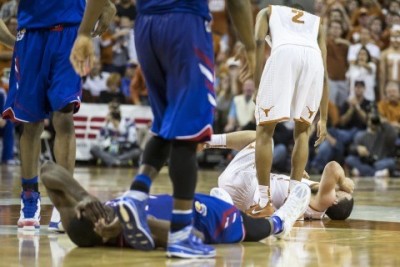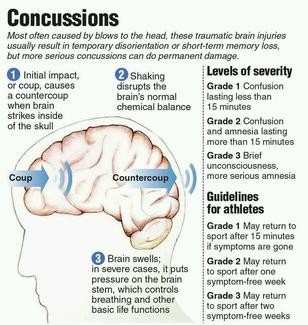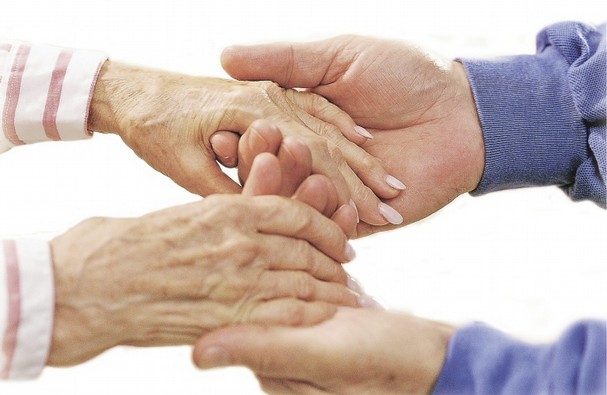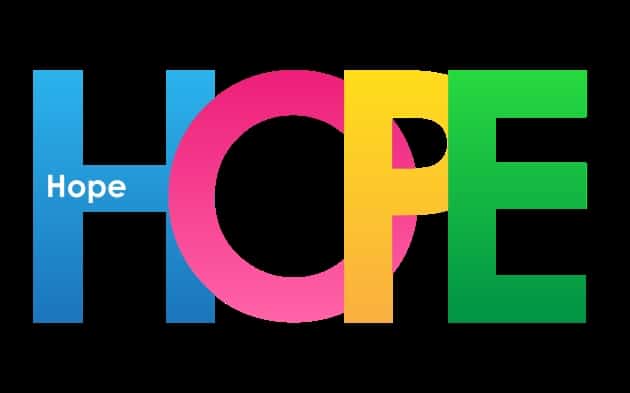Concussions in Basketball: When in Doubt, Sit it Out
When you hear concussion and sports in the same sentence most of us make an association with football and/or hockey. Unfortunately, we can now include basketball. Georgia attorney and writer, David Mann, explains the rise of concussions in college basketball.
Here in Georgia, we love our college sports. It might be because of a bond we feel to a certain school or perhaps because we enjoy watching athletes who play for the love of the game, we cheer when they win and cry when they lose.
We often even worry when they get hurt. College hoops has evolved into a contact sport in many ways. Players commonly suffer muscle strains, ankle sprains, ACL tears, eye injuries and concussions.
Why Are Concussions On The Rise In College Hoops?
While concussions are often associated with more aggressive sports like football and hockey, the number of head injuries in basketball has increased.
For example, the number of Division I players 6 feet 9 inches or taller increased from 649 in the 2000-1 season to 681 in the 2008-9 season. This extra height and weight among players means physical collisions are likely to result in injury, specifically concussions.
As the serious nature of head injuries has become more widely known and discussed, the NCAA has made identifying and treating concussions a priority. In fact, the NCAA now requires its member institutions to have a concussion management plan outlining a return-to-play protocol for their student-athletes.
 As Seen On…
As Seen On…
We have seen several notable concussions in our region.
The Bulldogs missed former leading scorer Marcus Thornton during his two-game absence earlier this year, losing both games while he recovered from a concussion suffered in a game against Vanderbilt. Thornton landed on his head, neck and shoulders after being flagrantly fouled. Although he finished the game, he did so while dizzy, nauseous and in pain.
Sophomore guard J.J. Frazier also suffered a concussion and missed game time after taking an elbow to the face. In 2014, the Mercer Bears men’s basketball had their biggest win when they beat third-seed Duke in the second round.
Regrettably, senior center Monty Brown couldn’t remember this incredible moment the day after it happened. He suffered a concussion when he collided under the basket and spent the rest of the game on the bench wearing earplugs due to noise sensitivity.
A Minor Concussion?
By their very nature, concussions are significant injuries.
Rather, a concussion is a brain injury that results in a temporary loss of normal brain function — it can affect speech, reflexes, memory, judgment, balance and muscle coordination. People with concussions often cannot remember what happened immediately before or after they received a bump, blow or jolt to the head.
Other symptoms include:
- dizziness,
- headache,
- ringing ears,
- blurry vision,
- sensitivity to light or noise
- and nausea or vomiting.
The University of Pittsburgh’s Brain Trauma Research Center estimates more than 300,000 sports-related concussions occur in the U.S. every year.
While a single concussion rarely causes permanent damage, a second concussion soon after the first doesn’t have to be very strong for its effects to be permanently disabling or even deadly.
A brain swelling that occurs when second concussion is sustained before complete recovery from a previous concussion is known as second-impact syndrome and is a major risk to basketball athletes.
Going High Tech to Prevent Injury
In an interesting experiment last year, the University of New Haven men’s basketball team each wore a head sensor tucked into a headband during practice. Originally designed for crash test dummies to make cars safer, the sensors track the G-force of the brain’s movement inside the skull.
The data showed how hard and how often a player sustained a head injury. The data was sent to the Sports Legacy Institute at the end of the season for investigation. The Institute hopes to eventually collect data on a variety of different sports to help further concussion research.
Whether out of eagerness or pride or solidarity, it can be hard for players to admit they are injured and be pulled off the court. This is especially true where concussions are concerned because the injury is an invisible one. The best way to prevent difficulties with a concussion is to manage the injury properly when it does occur.
Should your kids play contact sports? See what writer Savannah Coulsen has to say.







